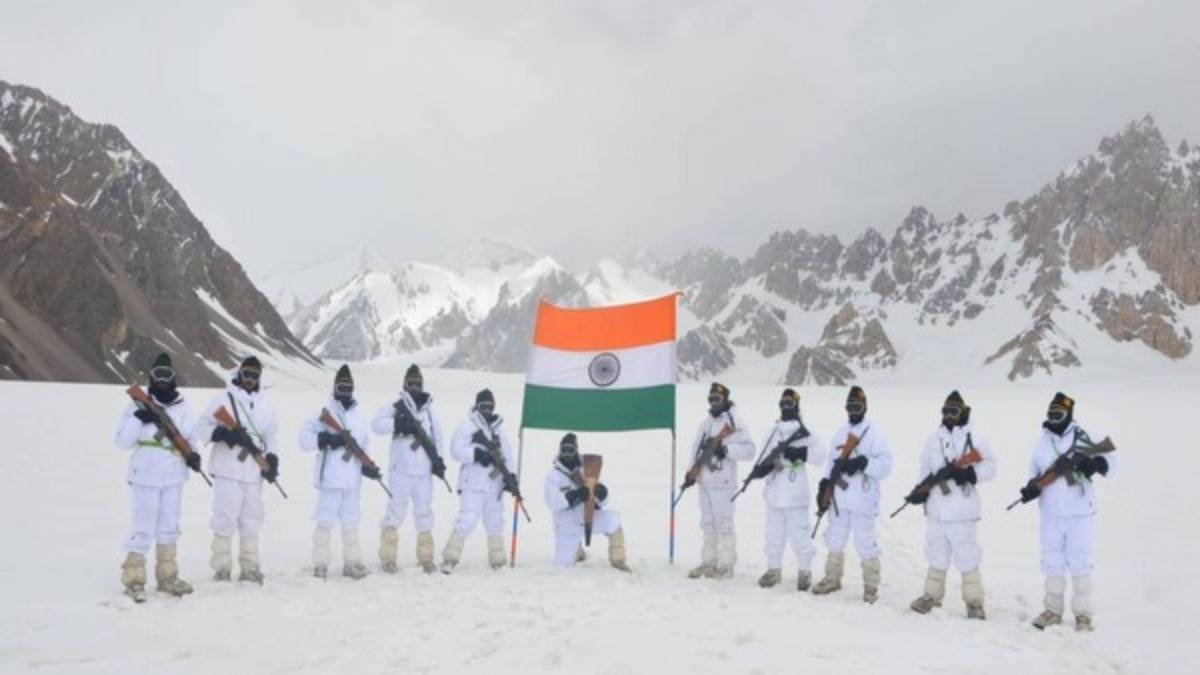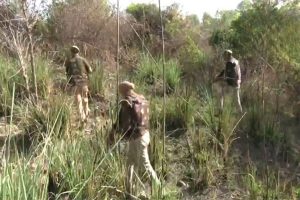April 13 marks Siachen Day, commemorating the launch of Operation Meghdoot in 1984—India’s bold and strategic military initiative that secured dominance over the Siachen Glacier, the world’s highest and most treacherous battlefield. On this day, Indian troops landed at Bilafond La Pass, capturing critical positions and securing India’s northern frontier in the face of mounting adversarial activity.
The Indian Army paid tribute to the bravery and resilience of soldiers who have withstood extreme conditions in this frozen frontier, upholding the nation’s sovereignty in the face of harsh terrain and sub-zero temperatures. A symbolic poem shared by the Army—”Quartered in snow, Silent to remain, When the clarion calls, They shall rise and march again”—captures the undying spirit and silent strength of the Siachen Warriors.
Operation Meghdoot was launched as a pre-emptive strike to thwart Pakistan’s attempts to seize the Sia La and Bilafond La passes. Triggered by intelligence inputs, the operation was executed under the leadership of Lieutenant General Manohar Lal Chibber, Lieutenant General P.N. Hoon, and Major General Shiv Sharma. It remains a testament to flawless coordination between the Indian Army and the Indian Air Force.
While the operation officially began in 1984, the Indian Air Force (IAF) had already been flying missions in the region since 1978, with the Chetak helicopter becoming the first to land on the glacier. The operation featured massive logistical coordination, with IAF aircraft like the An-12s, An-32s, IL-76s, and helicopters including Mi-17s, Mi-8s, Chetaks, and Cheetahs ferrying troops and supplies to inhospitable altitudes far exceeding manufacturer specifications.
Situated at 20,000 feet in the Karakoram range, the Siachen Glacier offers India strategic oversight of several critical areas: the Shaksgam Valley (illegally ceded by Pakistan to China), routes from Gilgit-Baltistan to Leh, and the ancient Karakoram Pass. Its control is not only symbolic but pivotal for national security.
The origins of the Siachen conflict can be traced back to the ambiguities left unresolved in the 1949 Karachi Agreement, which failed to demarcate the glacier region beyond map point NJ9842. India’s decisive action during Operation Meghdoot was a direct response to what it deemed as Pakistan’s cartographic aggression in this uncharted territory.
Now in its 41st year, Siachen Day stands as a solemn and proud reminder of the courage, sacrifice, and resilience of the Indian Army. It honours every soldier who has served at this icy frontier, defending the nation’s borders with unwavering resolve.





